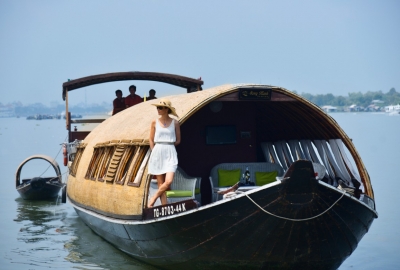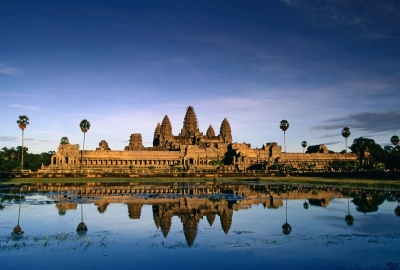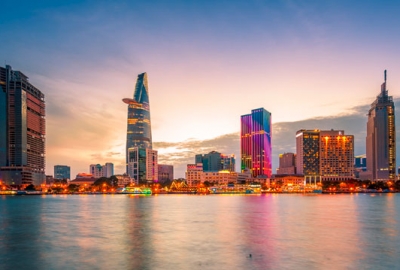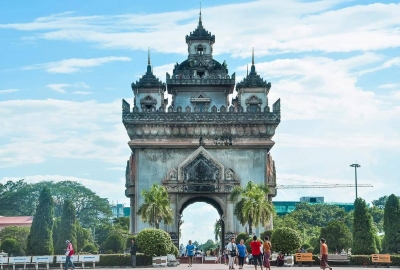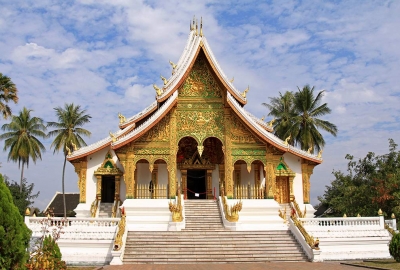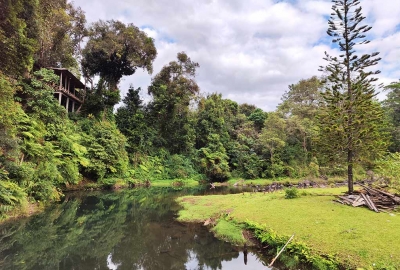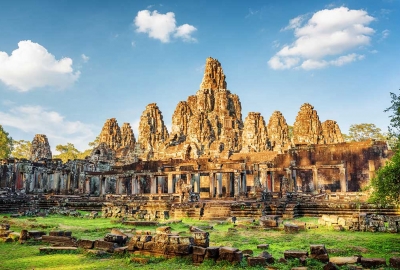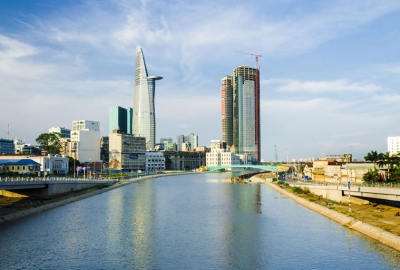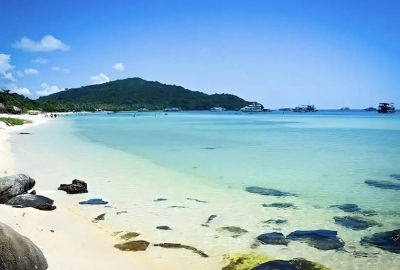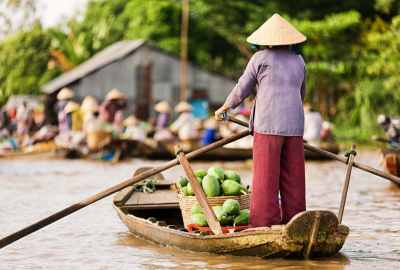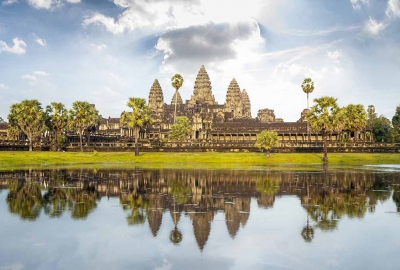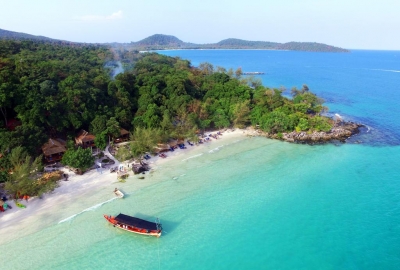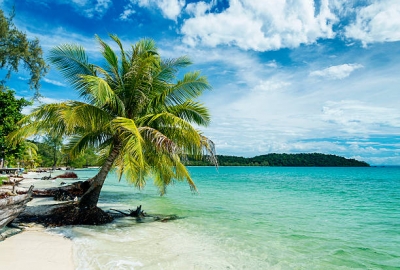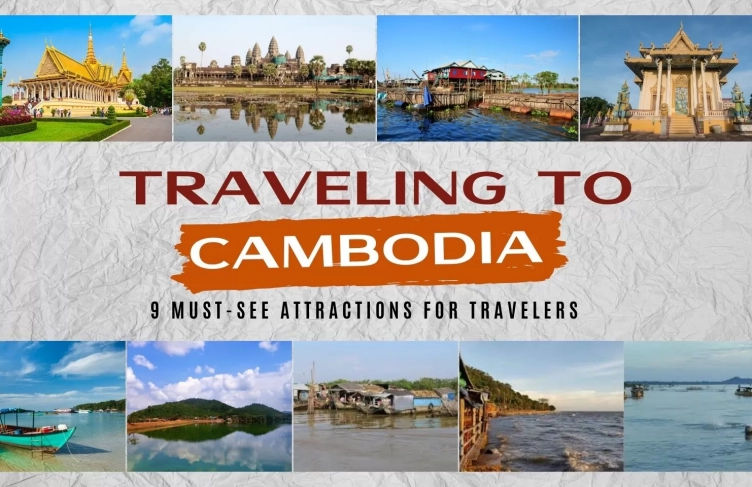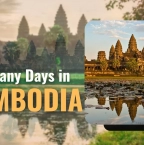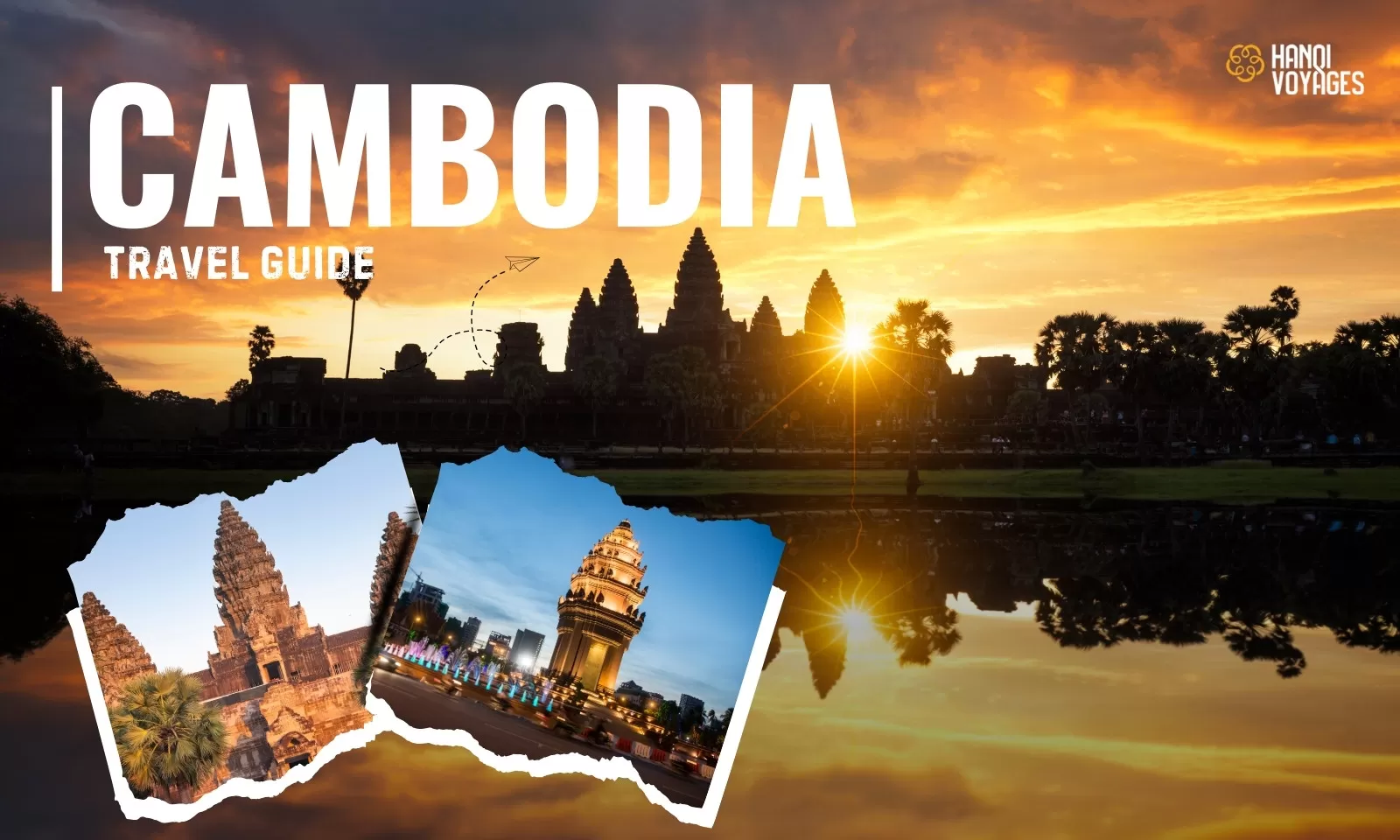
Cambodia travel guide: 9 practical tips for your trip
This Cambodia travel guide offers practical tips for a successful trip, from navigating the local transport system and understanding visa requirements to packing smart, staying safe, and embracing local customs. Get ready for an enjoyable journey!

Cambodia is a land of endless discovery, and every journey there should be an enriching experience. Our Cambodia travel guide is designed to help you navigate your adventure with confidence, whether it’s your first visit or you’re returning for more. From understanding the local way of life to fully experiencing the country’s charm, we’ve got you covered.
Don’t just travel - make each moment count. Let Hanoi Voyages help you plan a truly memorable experience today.
Table of Contents
- When to travel to Cambodia?
- Cambodia travel guide: How to find international flights at the best price?
- Do you need a visa for a trip to Cambodia?
- What to do and see during your trip to Cambodia?
- Where to stay in Cambodia?
- What to eat in Cambodia: A food guide for travelers ?
- What to pack for a trip to Cambodia?
- How to get around Cambodia?
- How to prepare for your trip to Cambodia?
When to travel to Cambodia?
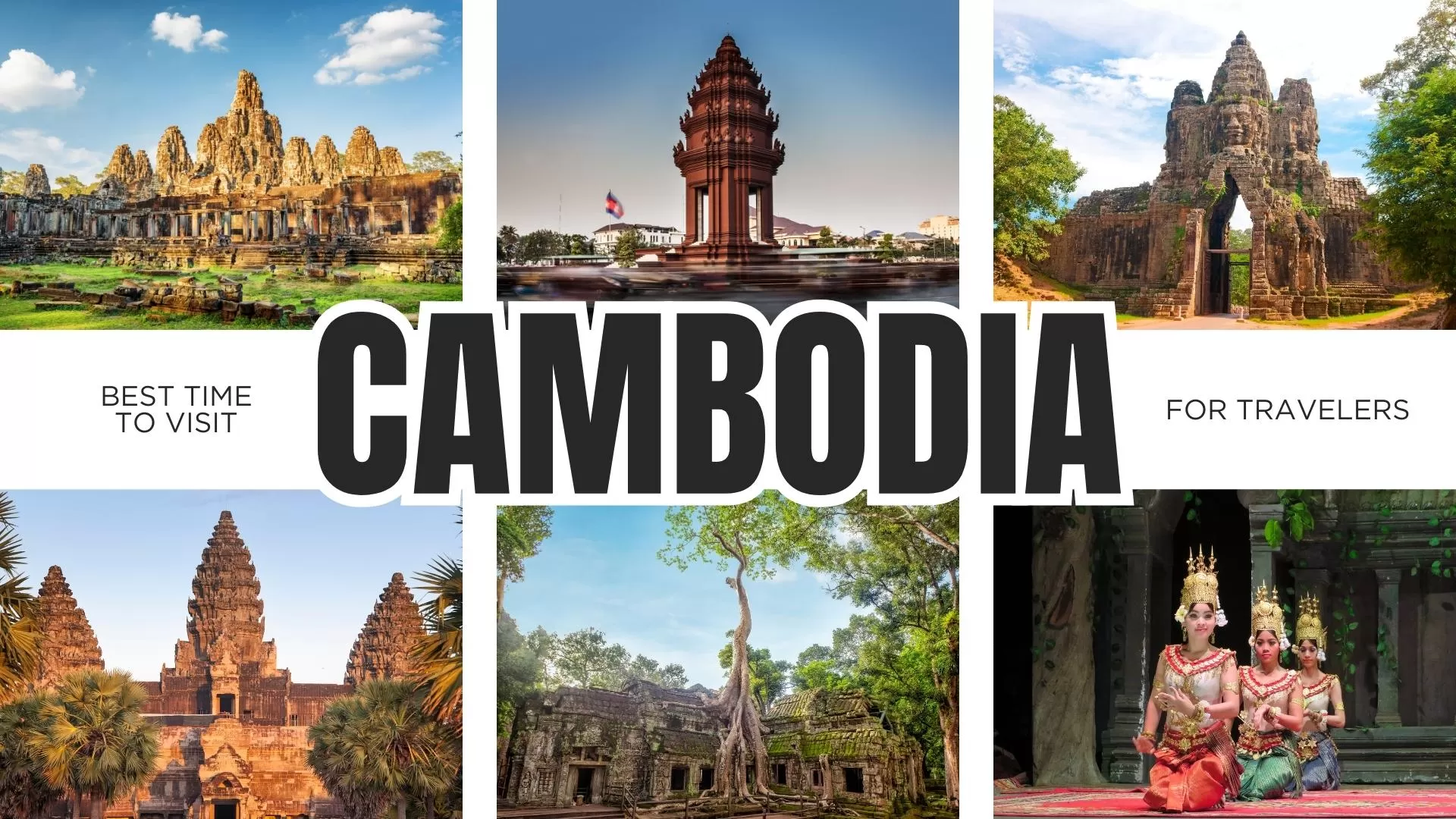
Before organizing your itinerary, it’s important to consider the weather. Cambodia has two main seasons, and understanding them can help you prepare clothing, activities, and transport that work well for your journey.
📍 Dry season (November to April): This is the most popular travel period. During these months, the country experiences little to no rainfall. Temperatures are warm, but not extreme, especially in December and January. It’s a good time for sightseeing, outdoor trips, and long drives without the risk of sudden downpours.
📍 Rainy season (May to October): Rain often falls in the afternoon, lasting for about an hour or two. While some roads in remote areas might be affected, cities and popular destinations remain accessible. If you don’t mind occasional rain, this season offers a quieter and greener travel experience.
👉 The best time to visit Cambodia is typically between December and early March. The weather is more manageable for travelers, and outdoor sites are easier to explore without discomfort.
Cambodia travel guide: How to find international flights at the best price?
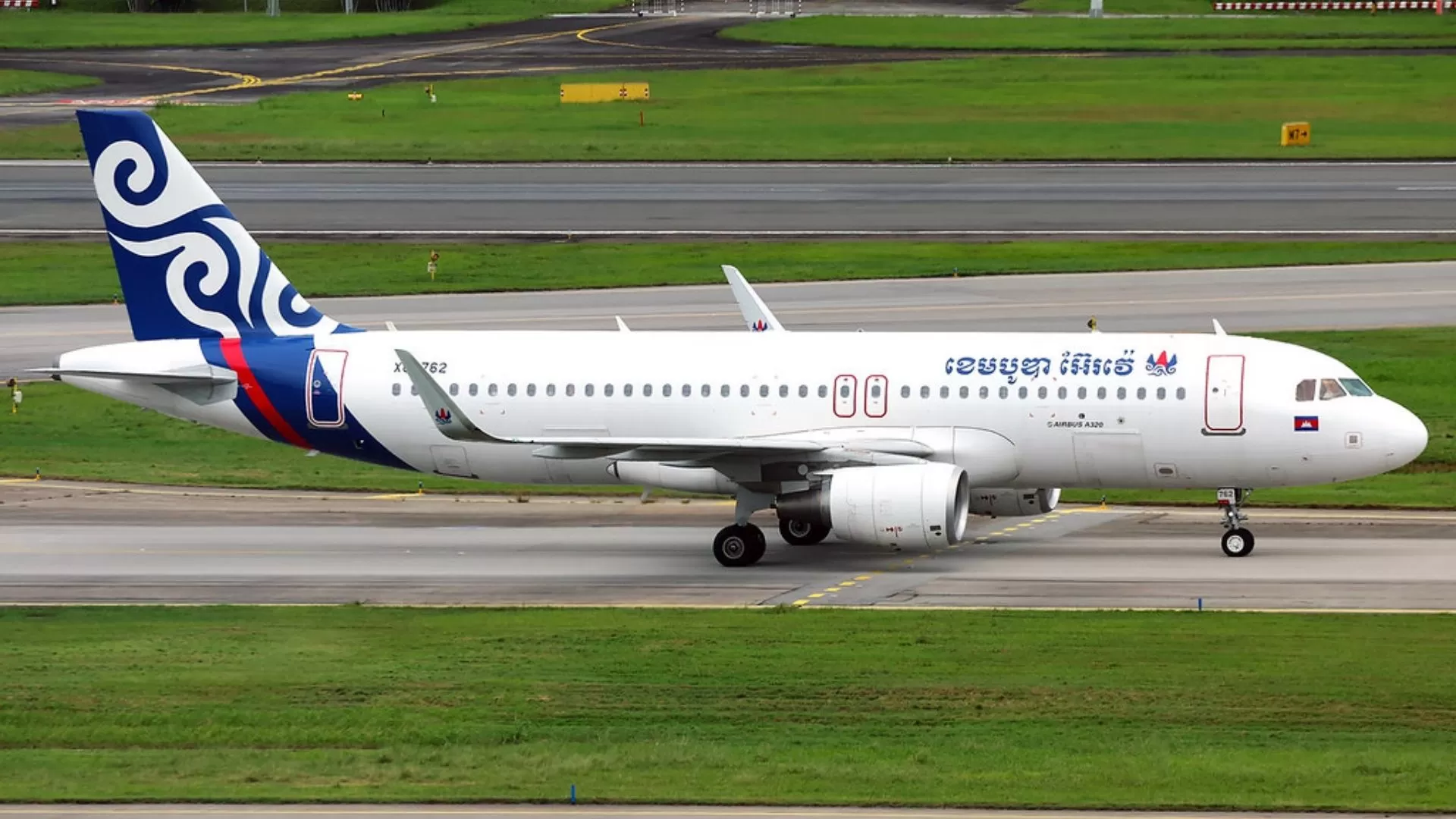
When planning a trip to Cambodia, securing a reasonably priced flight is often the first step. Cambodia has two main international airports: Phnom Penh International Airport (PNH) and Siem Reap International Airport (SAI). Both are well-connected to major Asian hubs such as Bangkok, Kuala Lumpur, Singapore, and Ho Chi Minh City.
To find the best prices:
Use flight comparison websites like Skyscanner, Google Flights, and Momondo. These platforms allow you to compare prices across airlines and track fare changes.
Book in advance - flights are often cheaper when booked 2–3 months before departure.
Be flexible with your travel dates. Mid-week flights (Tuesday or Wednesday) tend to be cheaper than weekend departures.
Consider flying into nearby countries such as Thailand or Vietnam, then taking a low-cost flight or bus to Cambodia.
Set price alerts to get notified when fares drop.
Budget airlines like AirAsia, Scoot, and Thai AirAsia offer frequent and affordable flights to Cambodia from various parts of Asia.
Do you need a visa for a trip to Cambodia?

Yes, most travelers need a visa to enter Cambodia, but the process is straightforward and affordable.
❓ Who needs a visa?
ASEAN nationals (e.g., Vietnam, Thailand, Laos, Indonesia) can enter Cambodia visa-free for a limited number of days.
Citizens of most other countries (including the US, UK, EU countries, Australia, and Canada) must obtain a visa before or upon arrival.
❗ Visa options:
Tourist visa (T Class): Valid for 30 days. It can be extended once for an additional 30 days.
Visa on arrival: Available at major airports and some land borders. You’ll need a passport-sized photo and approximately $30 USD in cash.
E-visa: You can apply online through the official Cambodian government website before your trip. Processing usually takes 3 business days.
>>> Make sure your passport is valid for at least 6 months from your date of entry and has at least one blank page.
What to do and see during your trip to Cambodia?


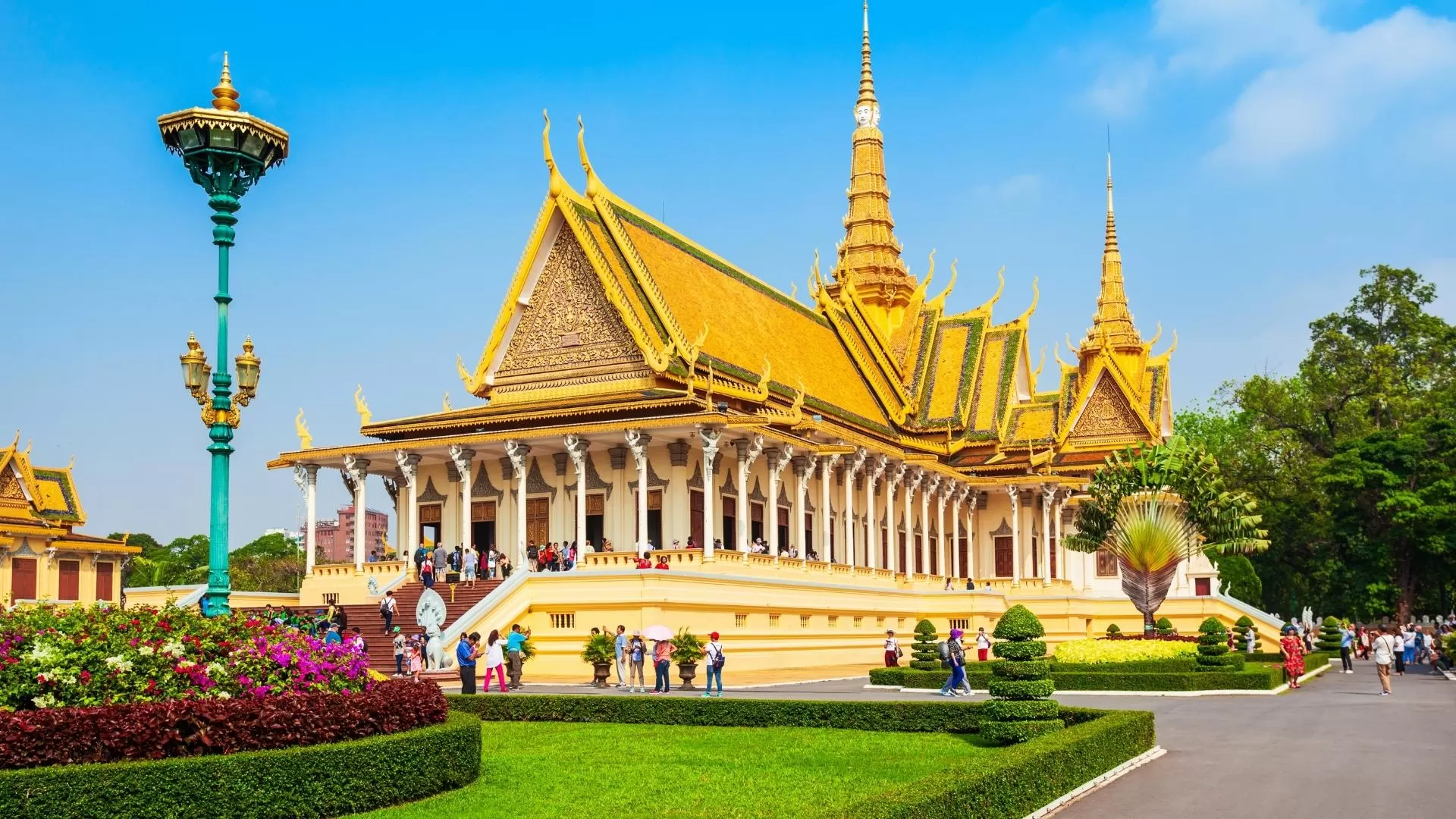

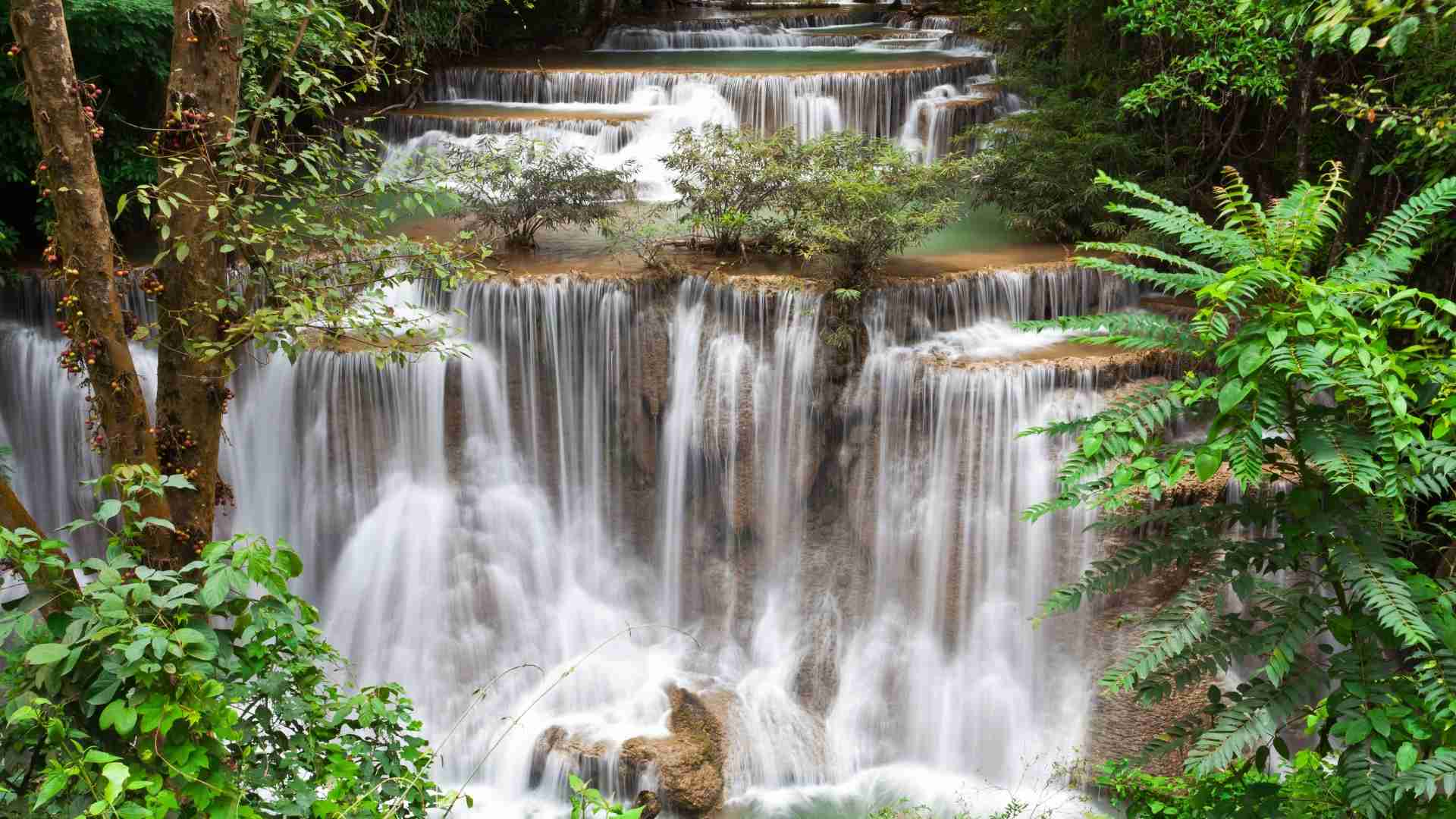
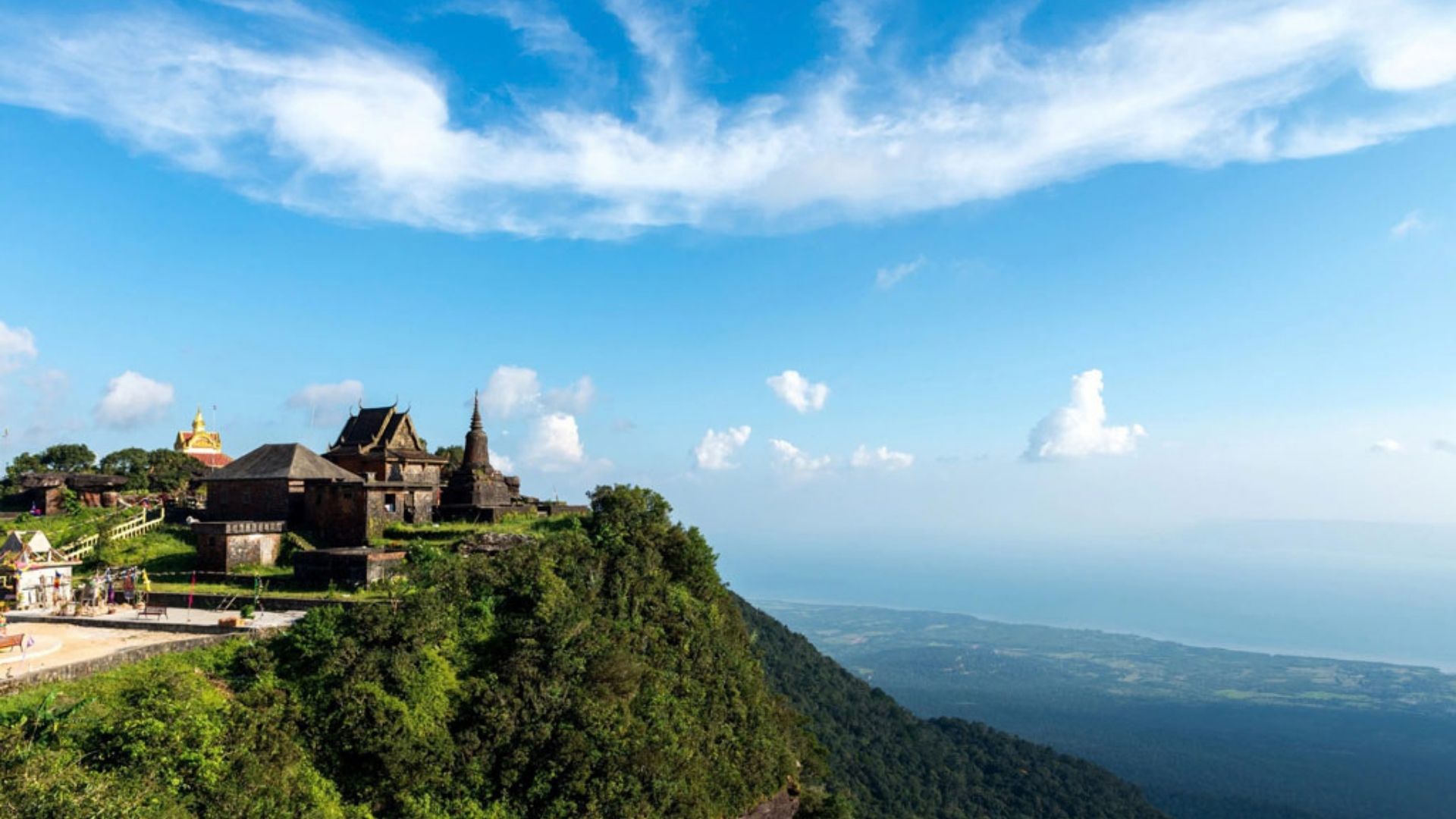
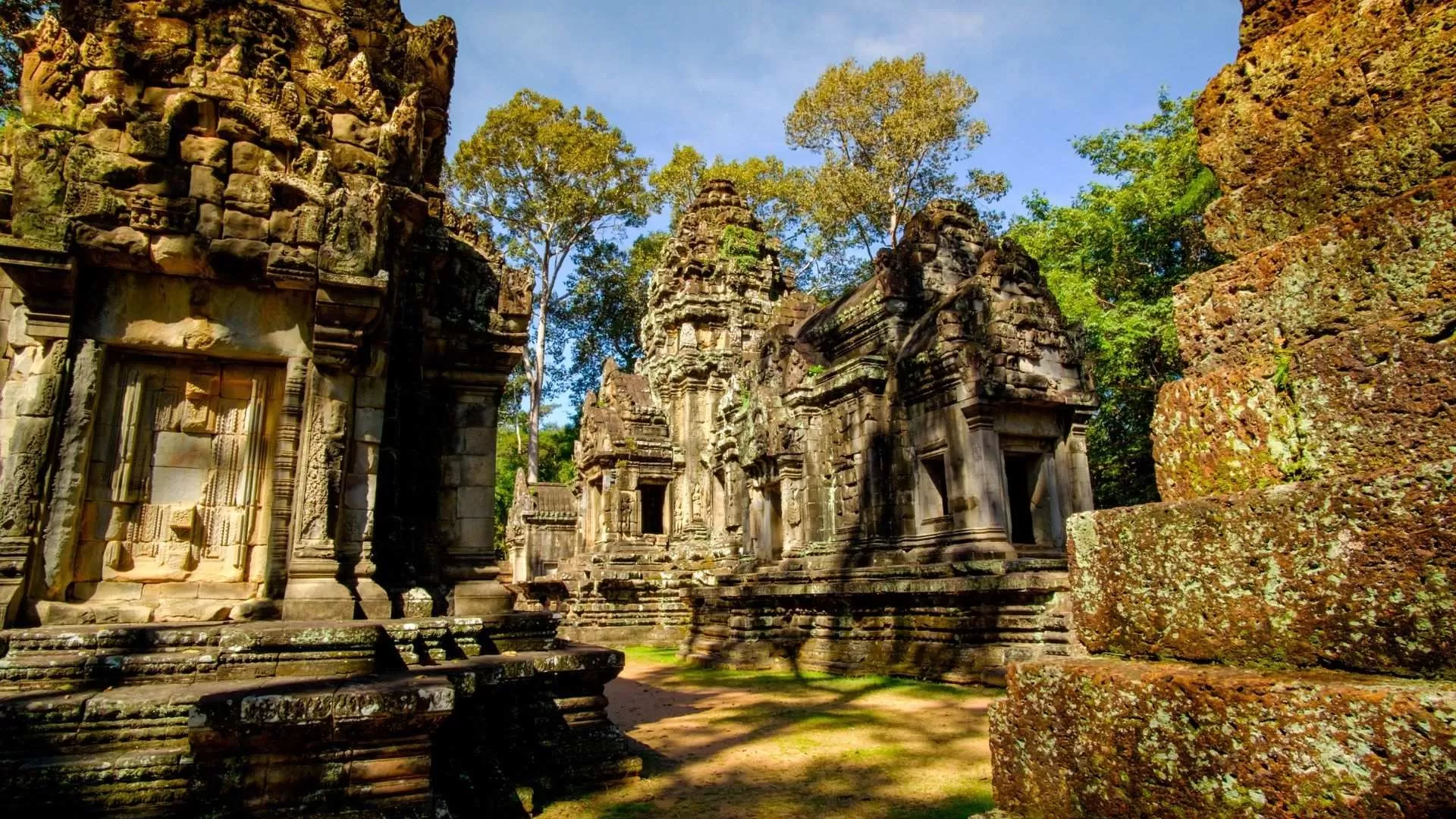
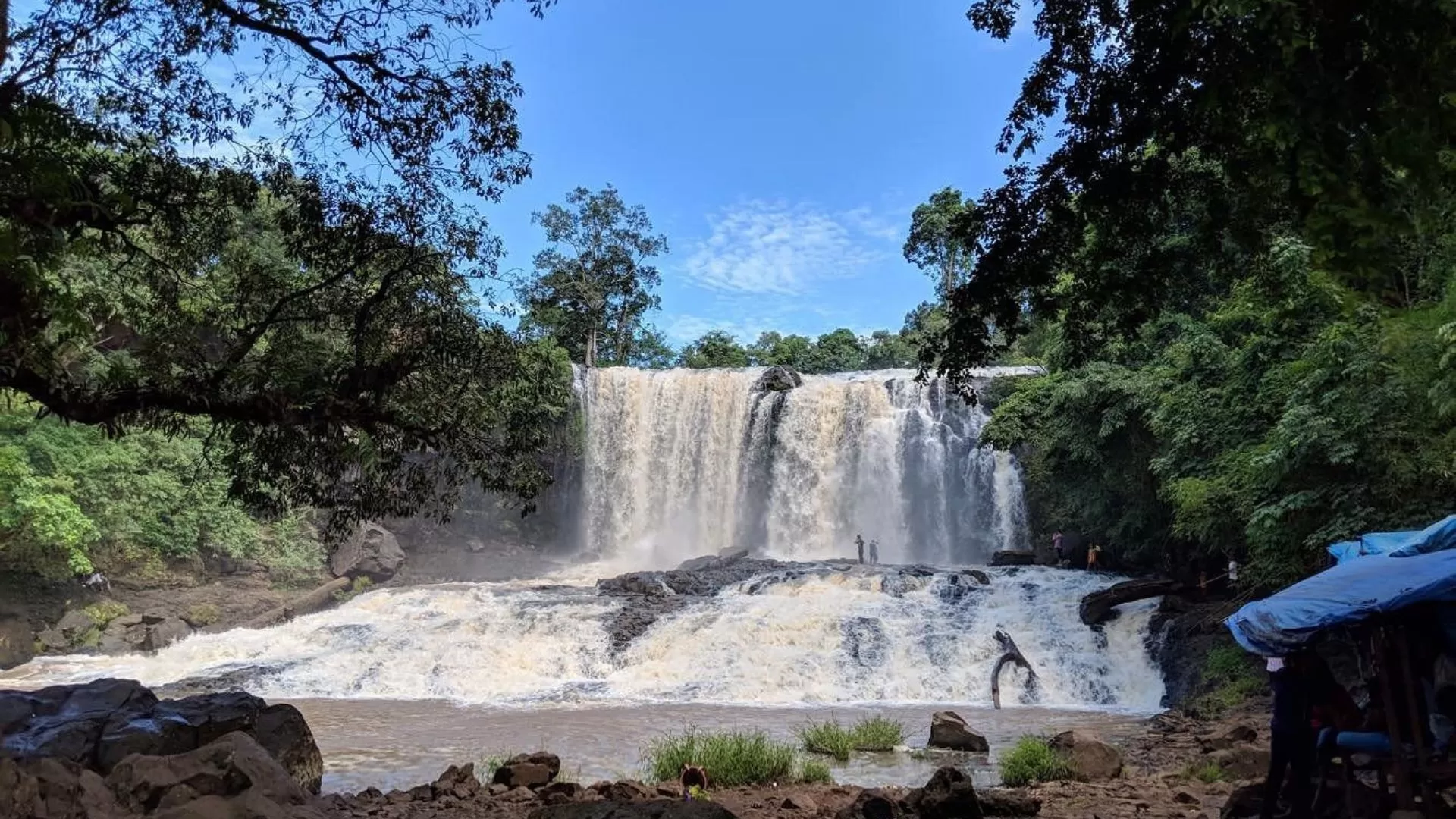
Cambodia offers a treasure trove of captivating experiences, where each moment presents a unique adventure. In this part of the Cambodia travel guide, you’ll find places and activities you shouldn't miss during your trip to Cambodia:
Explore the Angkor Temple Complex in Siem Reap: Be captivated by the majestic Angkor Wat, a highlight of Cambodia’s ancient heritage.
Visit Phnom Penh, the capital: Discover the Royal Palace, learn about Cambodia's tragic history at the Tuol Sleng Genocide Museum, and pay respects at the Choeung Ek Memorial.
Marvel at the ancient temples of Sambor Prei Kuk: A UNESCO World Heritage site with significant historical value.
Stroll through the colonial streets of Battambang: Ride the famous Bamboo Train for a unique experience.
Lose yourself in the unspoiled nature of Ratanakiri: Known for its waterfalls, lakes, and cultural encounters with local tribes.
Explore Bokor National Park near Kampot: Enjoy its waterfalls, winding trails, and colonial-era history.
Visit Preah Vihear Temple: Located atop a cliff, offering panoramic views of the surrounding landscape.
Venture into Mondulkiri Province: Discover elephants, jungles, and tribal villages for an authentic Cambodian experience.
Relax on the beaches of Sihanoukville: Explore nearby islands like Koh Rong and Koh Rong Samloem, and unwind at luxurious resorts like Song Saa Resort or Royal Golden Sand.
Take cooking classes: Learn to prepare traditional Cambodian dishes.
Join outdoor hiking and biking adventures: Enjoy scenic views of Cambodia’s landscapes.
✈️ Let’s explore the charm of Cambodia with our tour: Cambodia tour 10 days
Where to stay in Cambodia?
Cambodia offers a wide range of accommodation options that cater to different styles of travel and budgets. Whether you're looking for a luxurious stay, affordable comfort, or a more authentic and immersive experience, there is something for everyone.
3-star hotels in Cambodia
If you're looking for value without sacrificing comfort, these 3-star hotels are perfect for families, solo travelers, or couples. They offer cozy stays with essential amenities, often in central locations ideal for sightseeing. Prices range from $20–$50 per night, depending on the city and season.
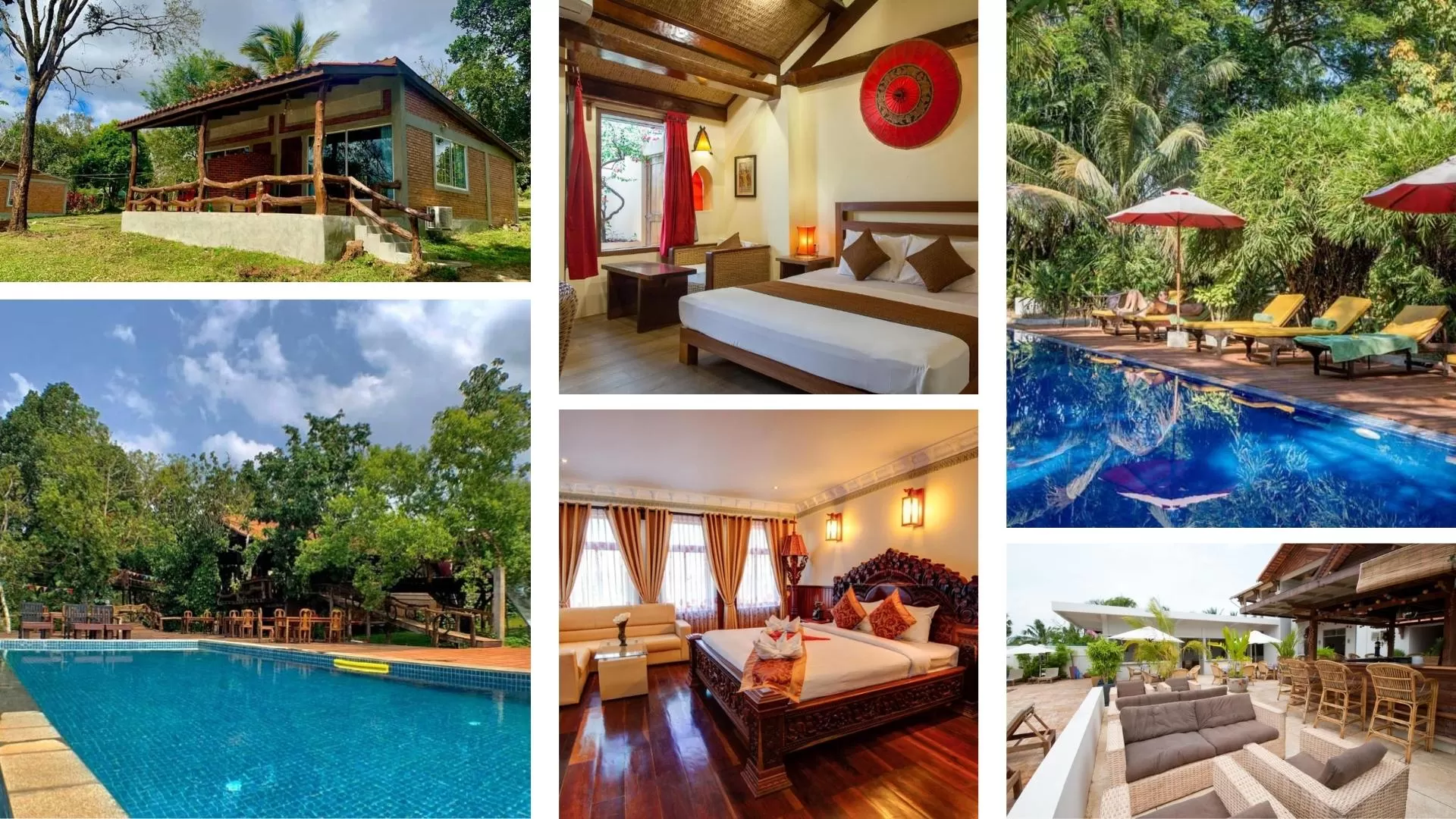
Some 3-star hotels in Cambodia you can refer:
Nature Lodge Resort - Mondulkiri
Chan Boutique - Sihanoukville
Rikitikitavi - Kampot
Preah Vihear Boutique - Preah Vihear
4-star hotels in Cambodia
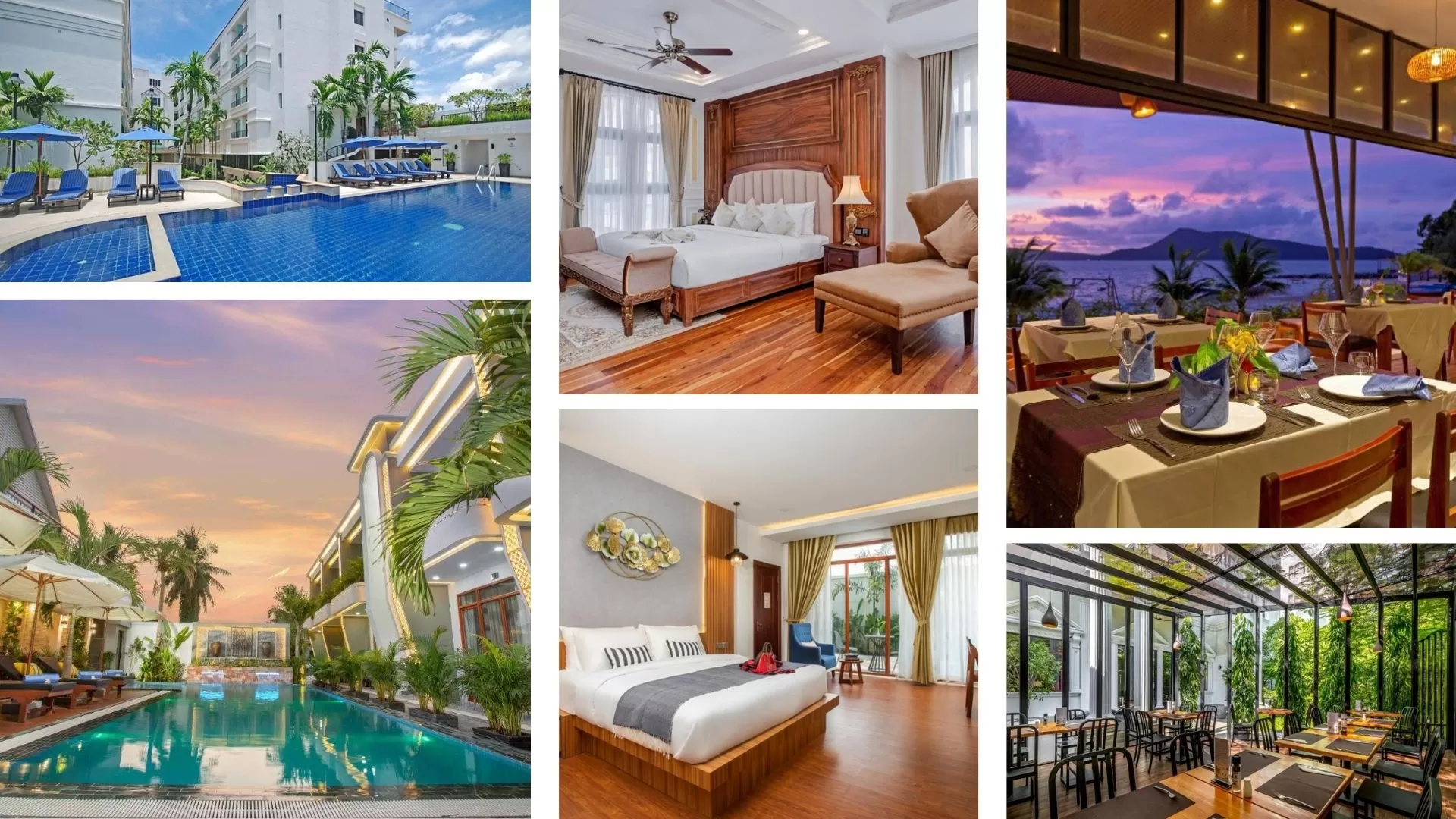
Want a bit more comfort and style? These 4-star hotels strike a great balance between affordability and luxury, often featuring pools, stylish rooms, and convenient access to top attractions. They cost around $50 - $120 per night.
Some 4-star hotels in Cambodia you can refer:
White Mansion Boutique Hotel - Phnom Penh
Cambana La Rivière - Battambang
Terres Rouges Lodge - Ratanakiri
Le Relais De Chhlong - Kratie
5-star hotels in Cambodia
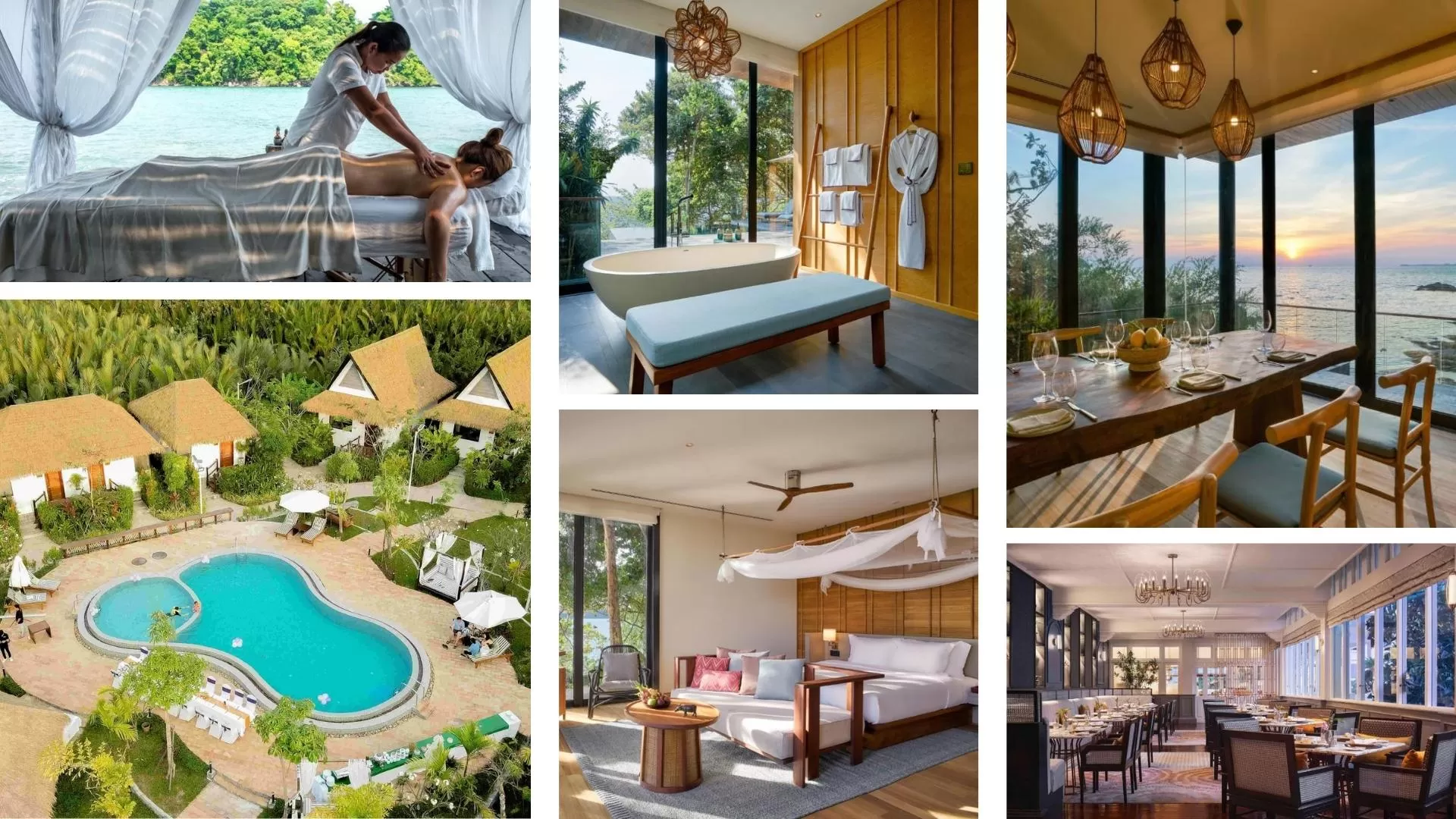
For those craving a touch of luxury, these 5-star hotels provide world-class service, elegant design, and premium facilities. Whether you’re staying in the city or escaping to a private island, these places promise a truly memorable stay. Their price is ranging from $100-$400 per night
Some 5-star hotels in Cambodia for luxury and comfort:
RiverTree Villa & Resort - Kampot
Six Senses Krabey - Koh Krabey
Jaya House River Park - Siem Reap
The Royal Sands Koh Rong - Koh Rong
🏨 You can read more:
What to eat in Cambodia: A food guide for travelers ?
Cambodian cuisine is a delightful blend of bold spices, fresh herbs, and rich flavors influenced by its neighboring countries. This Cambodia travel guide highlights traditional dishes and eating experiences you can expect across the country.
Must-try Cambodian dishes | |
| 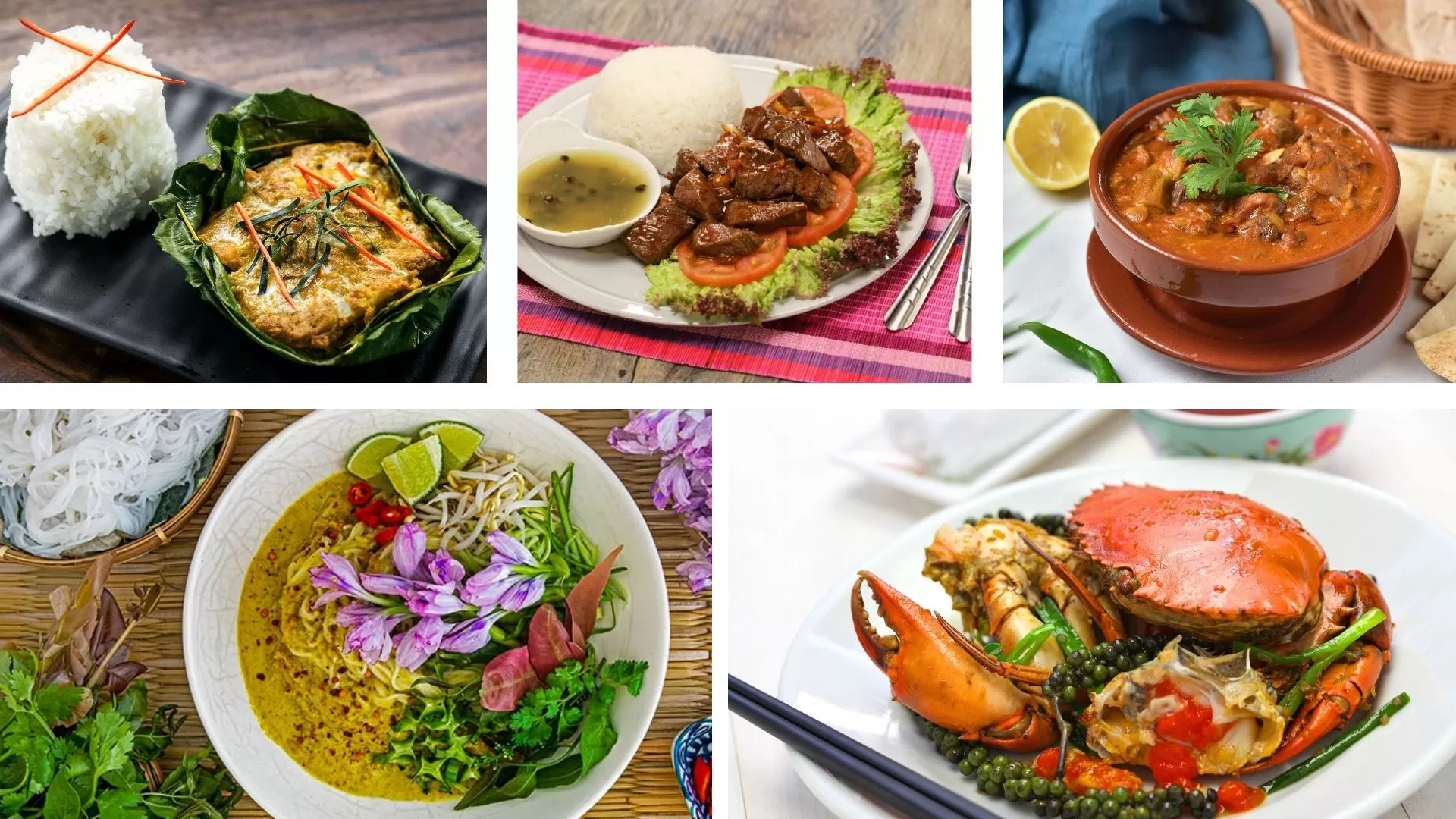 |
>>> Street food is cheap and widely available, especially in local markets. In tourist areas, you’ll also find Western food, vegetarian options, and international cuisines.
What to pack for a trip to Cambodia?
Getting ready for Cambodia means preparing for tropical weather, varied activities, and cultural norms. Whether you're walking through ancient temples, relaxing by the river, or visiting local villages, having the right gear will make your trip much easier. This guide offers practical Cambodia travel advice to help you pack efficiently and stay comfortable throughout your journey.
Clothing: Lightweight, breathable clothes for the heat. Include a shawl or long-sleeved shirt for temple visits where modest attire is expected.
Shoes: Slip-on sandals for daily wear and a pair of sturdy walking shoes for exploring ruins and rural paths.
Toiletries & health items: Sunscreen, mosquito repellent, hand sanitizer, and a small first-aid kit should be at the top of your list.
Electronics: A universal adapter (Cambodia uses Types A, C, and G), a portable charger, and an unlocked phone for a local SIM card.
Other items: Reusable water bottle, quick-dry towel, padlocks for your bag, and a light rain poncho if you're visiting during the rainy season.
💡 And remember to leave some space in your luggage - Cambodia is known for its beautiful silk scarves, spices, and unique handicrafts that make great souvenirs.
How to get around Cambodia?

Getting around Cambodia is relatively easy with various transportation options available. This section provides a Cambodia transportation guide to help you choose the best ways to travel between cities and within them.
Tuk-tuks and taxis are common in cities. Always agree on a price beforehand or use apps like Grab in Phnom Penh and Siem Reap.
Buses and minivans connect major cities and tourist destinations. Companies like Giant Ibis or Mekong Express are reliable.
Trains are limited but can be a scenic alternative on certain routes like Phnom Penh to Sihanoukville.
Flights are available between Phnom Penh, Siem Reap, and Sihanoukville for those short on time.
Renting bicycles or scooters is popular in places like Siem Reap and Kampot, but always wear a helmet and check local regulations.
Boats are great for reaching floating villages or islands via Tonlé Sap or the Mekong. A slower but memorable way to travel.
👉 For more information: Transportation in Cambodia: Everything you need to know
How to prepare for your trip to Cambodia?
Before heading off, taking care of a few important details will help your trip go smoothly. Here are some essential Cambodia travel tips to guide your preparation:
Vaccinations: Make sure your routine shots are up to date. Depending on your travel plans, your doctor may recommend Hepatitis A, Typhoid, or Japanese Encephalitis, especially for longer stays or rural areas. Schedule a visit to a travel clinic a few weeks in advance.
Travel insurance: Essential for protecting against unexpected medical expenses, cancellations, and lost baggage. Healthcare in Cambodia often requires upfront payment, so having insurance can save you from stress and large bills.
Currency and payments: While the Cambodian Riel (KHR) is the official currency, US dollars are widely accepted. Bring small USD bills, as many places don’t give change for large notes. ATMs are available in cities but may charge foreign transaction fees.
Local SIM card: Stay connected by purchasing a SIM card from providers like Metfone, Cellcard, or Smart. They’re easy to find at the airport or convenience stores. Make sure your phone is unlocked.
Cultural tips: Dress modestly when visiting temples - cover your shoulders and knees, and remove your shoes and hat before entering. Avoid touching people’s heads and pointing with your feet. A respectful attitude goes a long way.
Language: Khmer is the national language. While English is spoken in many tourist areas, learning a few local words is appreciated and can enhance your interactions.
Documents: Keep copies of your passport, visa, insurance policy, and travel bookings. Store them digitally and carry a printed set in a separate bag in case of loss or emergency.
💡 To know more details, you can read:
Planning your adventure with the right information can make all the difference, and this Cambodia travel guide has covered everything you need - from flights and visas to transportation, food, and cultural tips. Whether you're exploring ancient temples or relaxing on quiet beaches, being well-prepared helps you travel smarter and enjoy the experience more fully.
Ready to plan your trip? Start organizing your Cambodia getaway today and make it one to remember.
Dream about your trip to Asia, in private
We are here to make it happen with youFREE QUOTE, WITHOUT OBLIGATION






